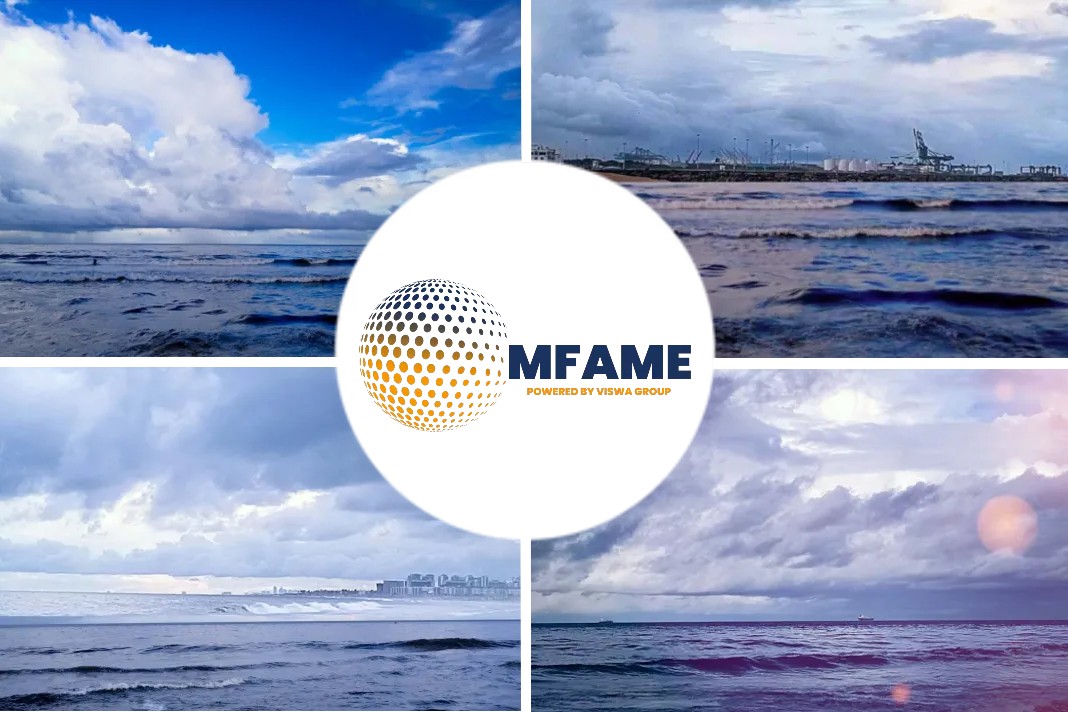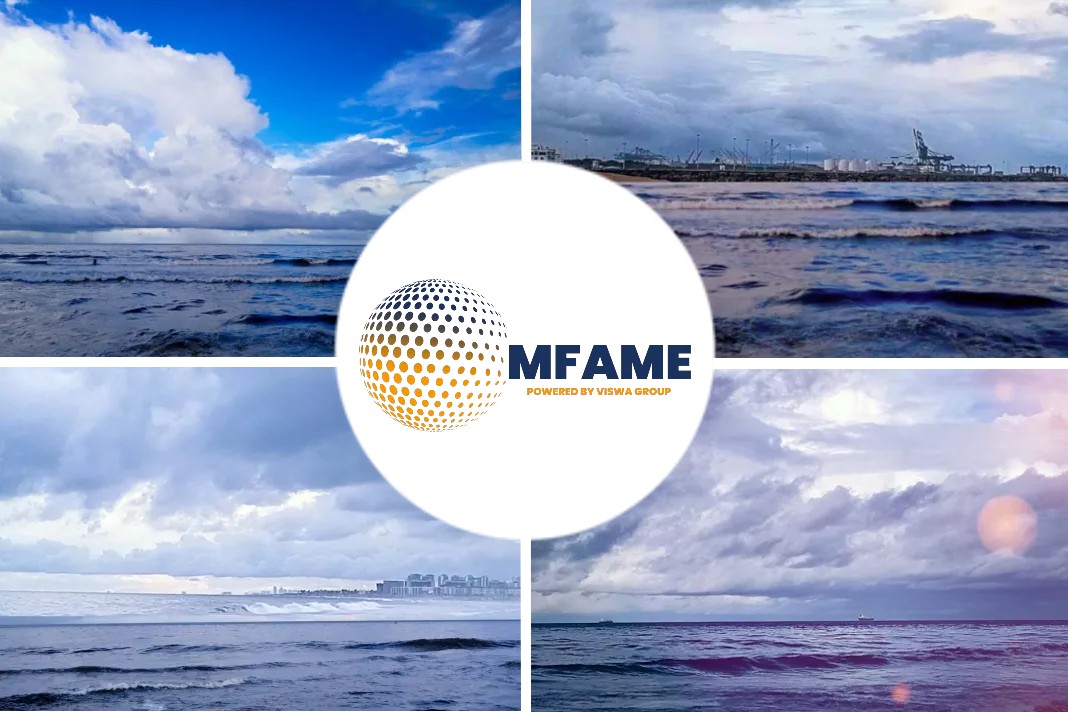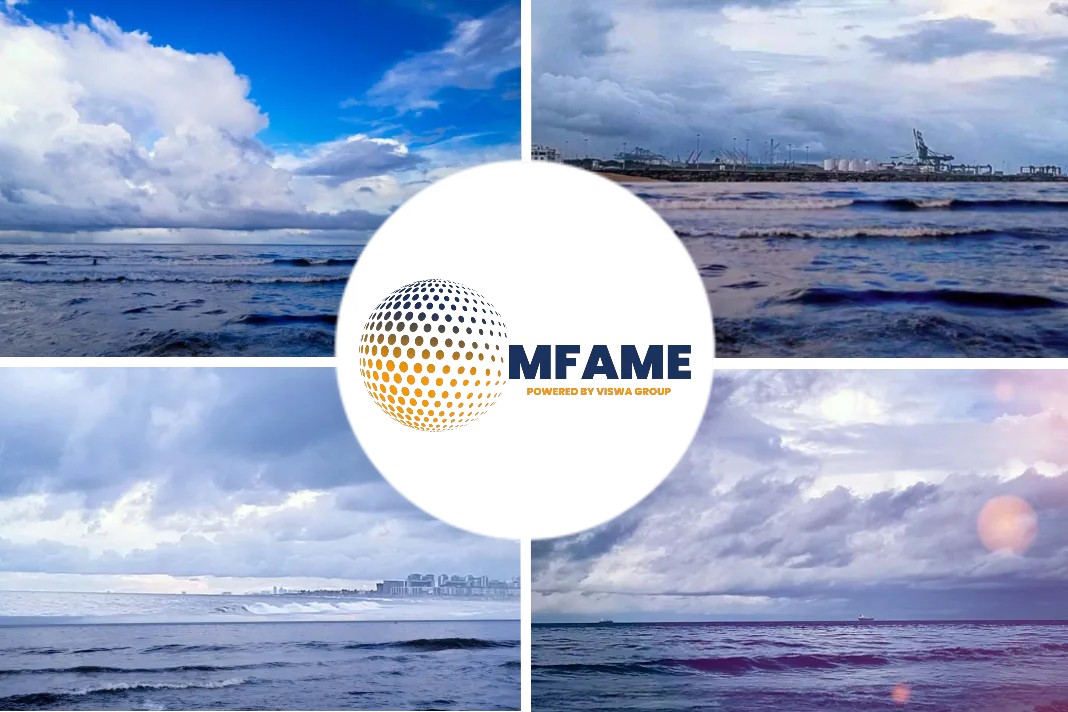- American Shipping Bureau survey reports that 30% BWTS have problems and 15% are inoperable.
- The survey conducted among 220 vessels cutting across 27 owners highlighted the problem of BWTS maintenance.
- Fitting and choosing the correct BWTS for a vessel holds the key.
- Technical details like pumps and ballast capacities, maximum flow and possible limitations should be kept in mind.
- 37% of the owners are satisfied with the reliability of the system, this underlines the importance of knowing the manufacturers and the installation procedure.
Ballast Water Management Systems if they aren’t properly taken care of and requires a reasonable investment. Stevie Knight explores recently exposed reliability challenges in his recent article published on the Motorship.
What’s the problem?
Shipers must take care if they are to avoid buying and installing ballast water management systems with high flaw rates..
Last year’s survey by the American Bureau of Shipping (ABS) and the Marine Technical Managers Association (Martecma) was a wake-up call. Covering 27 owners, responsible for 220 vessels and eight different system types, the results showed that around 30% had problems while another 15% were inoperable.
Sadly, there’s not much comfort in the 37 initial returns from the current survey (which this year includes Intercargo’s members). Although the ‘inoperables’ have dropped to 5%, those with ‘problems’ have risen to 44%.
The larger picture
It might not be quite as bleak a picture as these figures might lead one to believe. Stamatis Fradelos of ABS explains “people are now getting used to the BWM systems and so we are seeing a rise in those reporting back”, while Tim Wilkins of Intertanko adds “suddenly, over the course of six months, the engineers understood more about when and why the system wasn’t working properly”.
Mark Riggio, senior market manager, Hyde Marine and president of the Ballast Water Equipment Manufacturers Association (BEMA) has a different take on the reality behind the statistics. “Much of this data, from ABS and other groups, is reflective of first-generation systems in the tanker and bulker sector – bought as cheaply as possible. Most have now gone through significant development,”
Subsequent improvements aren’t reflected in the figures partly because many later releases coincided with a dip in sales, says Riggio, who believes that the statistics also point squarely to problems with fitting.
Problems With Fitting
Firstly, there’s been a lack of experience. “In one case the yard made so much of a mess on the first ship, we took on the BWMS installation ourselves for the rest of the series, rather than let them do it,” he says.
Debra DiCianna, senior compliance engineer, Choice Ballast adds: “Though people say ‘these systems have worked on shipboard tests’, shipowners are not getting the level of oversight on a normal installation as on the testing designs. Certain elements such as vibration dampening mounts and pipework configuration can be substantially different to that of the onboard test – or even what’s written in the manual.”
DiCianna notes that when Choice Ballast has carried out inspections on failures, one of the key findings was that there had been substitutions during installation, swapping minor but still important components sometimes for non-marine grade items. “A few BWMS manufacturers have reported similar issues with yards that have actually given unused components back,” she says.
“When there’s a failure, it’s usually one of the peripheral components that fails and it’s regularly a sensor,” Fradelos adds, explaining that there is no readily available index of the critical components. “Instead you have to look at hundreds of pages of test installation documentation to find that information”.
There is at least a straightforward solution to this particular problem, Fradelos suggests. “You know exactly what is necessary for installing NOx equipment – they have it clearly listed. It should be there, in the same way, for BWMS and possibly on the certificate itself.”
CHOOSING WELL
There are good reasons to not simply take what’s on offer. DiCianna says: “We’ve seen many more issues come up when the BWMS has come from manufacturers tied to a specific shipyard.” Even more worryingly, Riggio claims that some yards have even forced owners into buying substandard systems.
Yardsticks to choose
To get the industry over this hump, ship owners are going to have to take control and start making choices for themselves. However, DiCianna explains “it’s really important for owners to understand the technical details, pumps and ballast capacities, maximum flow and possible limitations”. Along with this there’s the effects of turbidity, salinity, temperature and a whole host of other parameters.
Fradelos points out that choice is a complex business “and while some owners have strong technical teams, others will need to get a consultant to advise them, they will need that support”.
How the right choice helps?
Certainly, Sam Lee of Cleanship Solutions admits he could sound biased as the company is one of those offering expertise-for-hire. However, he points out there are numerous pitfalls for the unwary and even kit from trusted partners needs to be evaluated with a clear, impartial eye.
He cites one case where an owner chose a manufacturer based solely on a prior relationship. Unfortunately, the BWMS “clearly didn’t fit in the engine room” says Lee. Surprisingly, this doesn’t appear to be as uncommon as one might assume, since Fradelos adds: “We have seen cases where there is just no room to fit the filter to the floor.”
Even when the space issues aren’t quite so dramatic, they can impact on the total efficacy of the system “as some pipework needs straight lengths so the flow meters are able to work efficiently,” says DiCianna, adding these considerations often get lost in the squeeze.
Given the substantial investment, Lee firmly believes a layout based on a 3D scan is a much better bet than a back-of-the-envelope guess that there’s space to spare.
What happens to the wrong choice?
Other problems have arisen when a less than forthcoming manufacturer meets deficient due diligence on the part of the owner. For example, an electro-chlorination unit had been chosen for one ship based purely on its ballasting capacity of 2,000m3 per hour.
According to Lee, this ran into trouble when the main port turned out to be sitting in freshwater, lacking the necessary salinity for the EC system to work. “They rang the maker, who said, ‘it’s a common issue, just fill the aft-peak tank with seawater on the way in’,” he explains. Unfortunately, the owners realised too late that the trim adjustment had lost the ship around 3% of its total cargo capacity: a significant amount when dealing with reduced margins.
How to address “the choice” problem?
Happily, at the time of writing this kind of problem is about to be addressed. If passed by MEPC 73, the type-approval certificate will itself include the system’s design limitations (SDLs). Interestingly, it seems that while the manufacturers were initially wary, they have now become involved in the process, says Riggio, if only because they are now far more wary of having inappropriate design parameters on the certificates.
However, even given suitable technology, certain vessels may conceal hard-to-spot issues.
Oil and chemical tankers, for example, may present a large enough existing system to retrofit a BWMS with apparent ease. But if the layout relies on moving ballast water out from the hazardous zone to the safe zone for treatment before sending it back for discharge, the regulations simply won’t allow it explains Lee, adding: “In a case like this you might be better putting on a deckhouse – and save yourself a lot of trouble.”
The Game of Roulette
However, he points out that even with the best will in the world and a detailed plan “things always crop up during fitting”, especially with fairly new technology. Installers and yards, therefore, have to rely on comprehensive guidance from the manufacturers but, often at the crucial moment, this element is missing “because the industry is so young that they are also learning as we go along”.
As a result, the process has become a game of roulette: “One of you is going to be the unlucky one that finds the next issue,” he says.
Servicing and Maintenance Challenges
Tight finances might have prompted the first wave of adopters to make a choice based on CAPEX “but shipowners are now finding it’s not the best way to look at it”, says DiCianna, adding: “One of the biggest issues is finding a reliable service network and some vendors are just not responding adequately to service calls.”
The Servicing Procedure
Intertanko is producing a gap analysis to bridge makers’ service routines and ship’s own planned maintenance schedule says, Tim Wilkins.
“The next step would be to then determine which spare parts to keep onboard… [although] the knowledge of what may fail is still very small,” he says.
“Couple this with the overall, industry-wide problem of servicing by BWMS makers when things go wrong and it becomes a major task for the owner to establish a contingency plan for BWMS failures,” he concludes.
How to handle system breakdowns?
So, what happens if the system breaks down en route? Even while IMO guidance during this ‘Experience Building Phase’ is not to detain non-compliant vessels, that doesn’t mean a ship can turn up in a port and dump untreated ballast, says Wilkins.
Certainly, a visit with a malfunctioning BWMS will inevitably entail delays and/or additional costs while a barge or other ballast discharge alternative is found: Intertanko is releasing guidance on the subject says Wilkins, “making sure our members could continue to trade, keeping compliant even with a system that’s not operating”. However, it should be noted that responses can vary.
What action a port takes will usually depend on what’s on a ship’s BWM treatment plan, which will have been approved by flag administration under the BW Convention explains Riggio “and which a port can argue with, but can’t refuse”. There are two caveats to this: there may be nothing on the plan which leaves the vessel pretty much at the mercy of the port state control’s interpretation of the rules, or, like the US, it isn’t a signatory. “We have seen ports in the US say the ship will have to stay until the ballast water treatment plant is fixed,” he says, “though this is only for repeat offenders that demonstrate a pattern of neglect.”
Despite the temptation, the advice from both Wilkins and Riggio is don’t try to brazen it out, call ahead to let the port know rather than hoping no-one will notice that the BWMS isn’t working.
But even a fully functioning system will have an effect. Debra DiCianna is blunt: “Please, ship owners, be clear – a treatment system will impact normal operations.” She adds that a few owners have admitted that the BWMS has “significantly slowed down cargo operations… and so the ships have often not used it unless they’ve needed to”, which in turn has resulted in a lack of familiarity with the technology.
However, there is a glimmer of hope, as she says that the efficiency trend is upward: vessels with older BWMS designs generally create more challenges, while newer units with better filters seem to be less problematic.
Paperwork and Documentation
Generally, the manuals are not turning up till late in the day, after fitting, and in some cases these are incomplete, says Lee, adding: “I’ve even seen a training manual hand-written on the casing in felt-tip marker.”
How handle the paperwork?
DiCianna advises a proactive approach: “Get the manuals from the manufacturer prior to delivery. Too many times these come after the system is installed and the crew are still trying to understand how everything works after sailing.”
It’s a sensible approach, but other, regulatory issues still need to be addressed. “We’ve had fingers burned by oil record book entries in the past, and now we see there are a significant number of ambiguities in how to fill in the BWMS record book too,” says Wilkins, adding: “We need some kind of standard interpretation in the coding text.”
The Key to Satisfaction
Lastly, Stamatis Fradelos admits that the satisfaction element of the survey highlights an uncomfortable truth: while around half are content with their chosen system’s user-friendliness, only 37% of the owners are satisfied with the reliability of their BWMS. More pointedly, only 30% are happy with OPEX, and only 36% are willing to buy the same system again.
The shipping world is on a “sharp learning curve” says Wilkins. “There’s a lot of information coming out of the industry at large now”; while there are still some ‘bottlenecks’ in the form of antitrust and proprietary intelligence he says the mission now is to “break open that information and share it around”.
According to Riggio, the answer is simple. While owners, faced with questions about both technology and operations, have predictably been hanging back “they now need to start placing orders”.
Get Accustomed to Installations
This is for two reasons; firstly, ship owners need to get accustomed to the installation process.
“Some things you have to learn by doing,” he says. “Ballast water treatment systems are exceptionally complicated and I’d say, any company with a fleet of 10 or 15 ships that don’t have a system installed on at least one of them, is already lagging very far behind.”
Secondly, the industry needs it. Many companies require further funding to expand to meet the rise in market demand. However, investors are getting a little tired of developers coming cap-in-hand, so they are now saying ‘show us the orders before we put any more into the pot’, he says.
“Even if the owners are not shelling out money today, making those commitments allows companies to take on the 2021 surge. That’s a critically important piece of the puzzle,” he concludes.
Did you subscribe for our daily newsletter?
It’s Free! Click here to Subscribe!
Source: The MotorShip
























